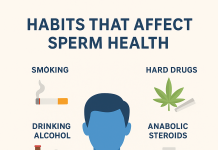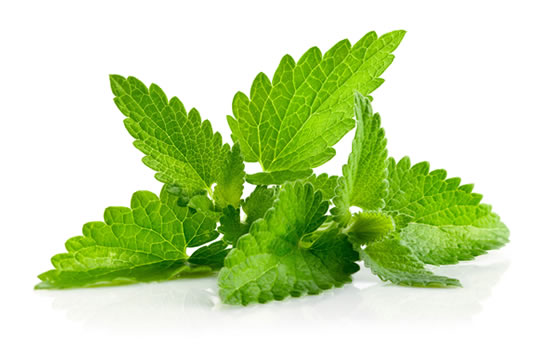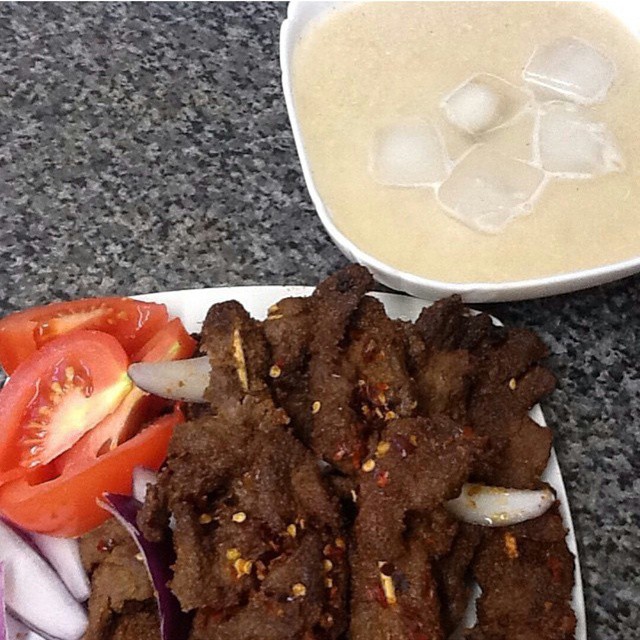
The breastfeeding process is an important interaction between a mother and her baby. Many experts have described breastfeeding as the most effective means of nourishing newborns and infants, and boosting their immune systems. Beyond this, it also offers a number of benefits for the mother. This includes fostering the bond between her and the child, helping her body recover faster from the stress of childbirth, lowering the risk of breast cancer, among others. Unfortunately, this vital process has always been a point of controversy, attracting a lot of arguments and misinformation. Consequently, many new mothers are overwhelmed with a lot of opinions on breastfeeding, that they struggle to know the truth. Here are 5 common myths about breastfeeding.
Myth 1: Breastfeeding is easy and effortless
Many people believe that breastfeeding is a natural process and does not require effort. This may be partly true, especially when one thinks about the essential activities in breastfeeding that occur naturally, such as breastmilk production and the ability of the baby to look for the mother’s breast. However, there are practical techniques to breastfeeding – especially on how to position the baby – that mothers need to learn to achieve effective breastfeeding. It requires practice, both from the mother and the baby. Furthermore, effective nursing can be time-intensive and support must be provided for the mother to make time available.
Myth 2: Having small breasts makes you unable to produce enough milk for your baby
Many things can affect the amount of milk produced by a nursing mother, including fatigue and depression. But breast size is not one of them. The breastmilk production process is quite interesting; it is driven by hormones and stimulated by the baby’s demand. So the more the baby suckles, the more milk is produced. Admittedly, the milk storage capacity of breasts varies among different mothers. So some mothers may have a larger or smaller storage capacity, which would mean that their babies may feed more or less frequently. But as long as the baby latches on the breast and drains them effectively, they will keep producing milk. So if you think you are not producing enough milk, consider increasing the frequency and effectiveness of nursing sessions with your baby.
Myth 3: You should focus on certain foods to increase your milk supply
There is no proof that certain “breastfeeding foods” such as banana, oatmeal, ginger and others significantly increase your breastmilk production. While it is good to include these foods in your diet, it is important to know that what a breastfeeding mother needs is a balanced diet in sufficient quantities. There is also no need to avoid certain foods for breastfeeding reasons, as babies have learnt to adapt to their mothers’ food preferences while they were still in the womb. So for most mothers, what you eat does not affect your baby. However, on some occasions, your baby may exhibit allergies, commonly to dairy products in your diet. But this is uncommon.
Myth 4: It is normal for breastfeeding to hurt
Many mothers may experience sore nipples in the first few days of breastfeeding. But with the right positioning of the baby while ensuring that the baby’s mouth is adequately attached to the nipple, a mother can avoid painful breastfeeding. If a mother constantly experiences sore nipples while breastfeeding, she may need support from a paediatrician to address the issue.
Myth 5: Breastfed babies are clingy
Babies exhibit different characters, irrespective of how they are fed. Breastfeeding does not make them clingy. As stated at the beginning of this post, breastfeeding does not only provide the essential nutrients needed for infants to thrive, it also strengthens the bonds between a mother and her baby and helps to develop their brain.
Remember to subscribe to our newsletter for regular health updates from HealthFacts.









